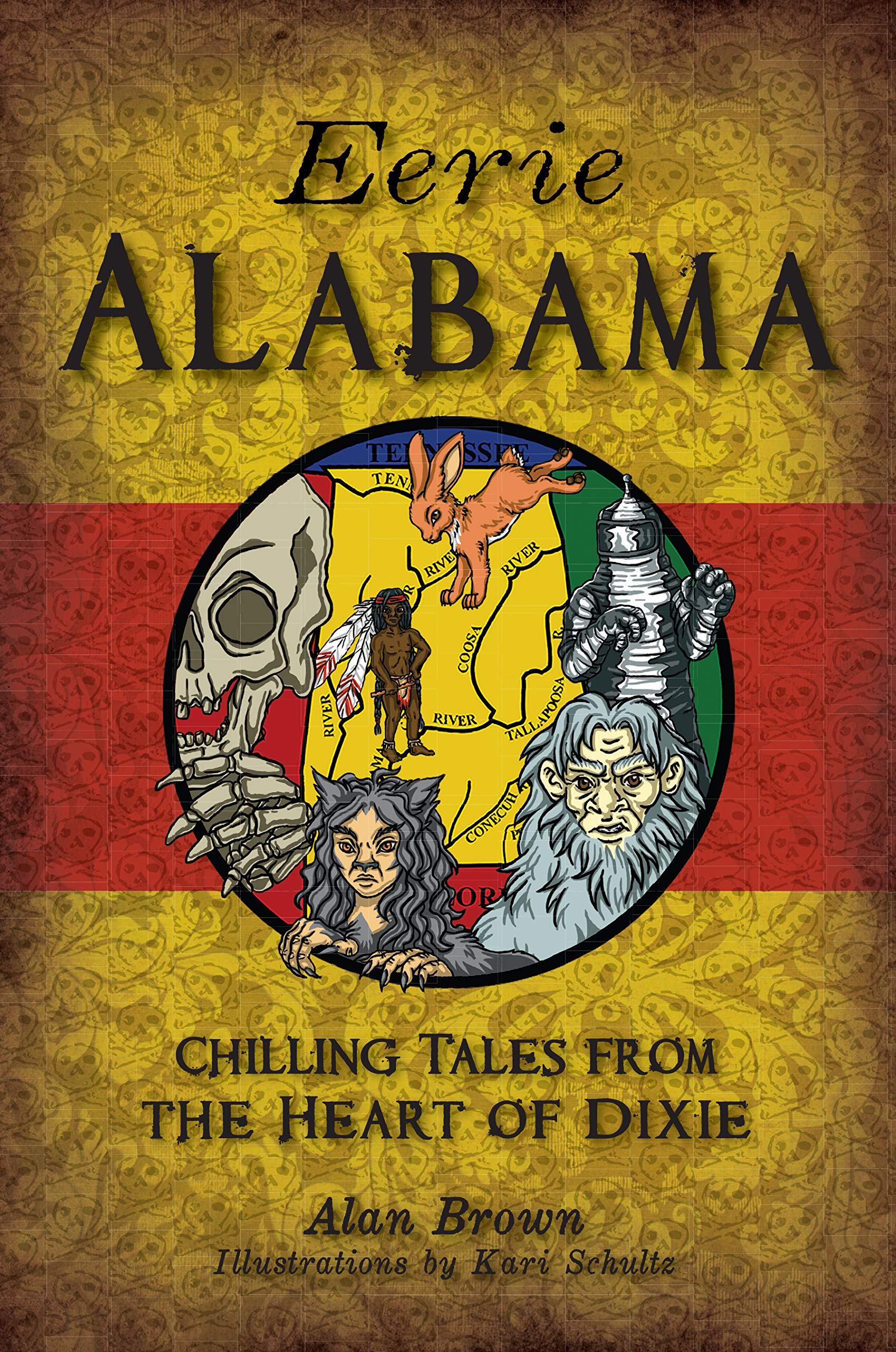Every year, hundreds of UFO sightings are reported throughout the world. Thousands of images of UFOs have been captured in photographs and on video, but very little physical evidence of UFO visitations has been collected. In 1957, several UFO fragments of a UFO crash were collected in Ubatuba, Brazil. In 1966, a disk-shaped object that landed in Horseshoe Lagoon in Australia left behind a circular impression. That same year, a camp site at Roaring River, Missouri, is reputed to have been destroyed by a UFO at Roaring River, Missouri. In 1971, a glowing ring on the ground was reported as evidence of the landing of a UFO in Missouri. In 1979, a Minnesota Deputy Sheriff, Val Johnson, claimed that her vehicle sustained considerable damage after being struck by a flying disk. One of the most intriguing confrontations between human beings and a UFO took place in Paintsville, Kentucky.
The story of the Kentucky Coal Train Collision was first reported by Peter Davenport, Director of the national UFO Reporting Center. On January 14, 2002, a coal train en route from Russell, Kentucky, to Shelbiana, Kentucky. At 2:47 a.m., the train was rounding a bend near milepost 42 when the electrical systems started to malfunction. The computer began flashing off and on; at the same time, the speed recorder began going haywire. Suddenly, both the engines in both locomotives inexplicably died. As the train coasted around a corner, the ringing of the alarm bells heightened the crew’s apprehension. Gazing up into the sky, the crew noticed three flying objects that appeared to be flying over the river. One of the objects hovered so close that the crew was able to get a close look at it. The metallic silver craft, which floated about ten to twelve feet above the track, was lined with colored lights. The train had just begun going around the bend when the crew members noticed a pair of lights headed in their direction. To avoid blinding the crew on what appeared to be an on-coming train, the engineer cut the lights.
The metallic object appeared to be eighteen to twenty feet long and ten feet high. A series of multi-colored lights lined the bottom of the craft. W hen the UFO finally caught sight of the train, it was too late. The flying object clipped the top of the lead unit and then struck two of the coal cars. At the time, the train was traveling at 30 mph with 16,000 tons trailing behind it. The engineer assumed that the UFO did not hear the train because both of its engines were dead. As soon as the lead UFO collided with the train, the other two flying objects vanished.
Immediately upon impact, the emergency brakes initiated, causing the train to coast to a complete stop a mile and a half or two miles down the line. The power was restored just as the train was coming to a halt, enabling the engineer to radio the dispatcher in Jacksonville, Florida. After hearing a detailed account of the train’s encounter with the UFO, the dispatcher ordered the engineer to take the train to the Paintsville yard.
Even though the cab of the rear locomotive was demolished and the second two cars had sustained heavy damage, the train was able to pull into Paintsville yard at 5:15 a.m. As soon as the crew had removed their grips from the train, a large group of men dressed in strange outfits ran up to the crew. The engineer was struck by the complete absence of railroad officials on the scene. The leader of the group, a man named Ferguson, asked the crew to follow him into his office. Immediately, Ferguson’s men began assailing the crew with questions. At the end of the interview, the crew members were told that they would have to be medically tested before they could leave. Ferguson not only denied the engineer’s request to contact the road foremen, but he even confiscated the conductor’s cell phone.
As the crew members walked away from the office, they noticed that the two locomotives and two cars had been removed from the rest of the train. The men were escorted out of the train yard and ordered not to discus the incident with anyone. They were placed on a railroad vehicle and taken to Martin, Kentucky, where they were interrogated and drug tested. After resting for eight hours, the crew was assigned to a different train. The first time the engineer passed by the Paintsville yard, he was struck by the fact that no trace of a damaged train was visible from the track.



Recent Comments